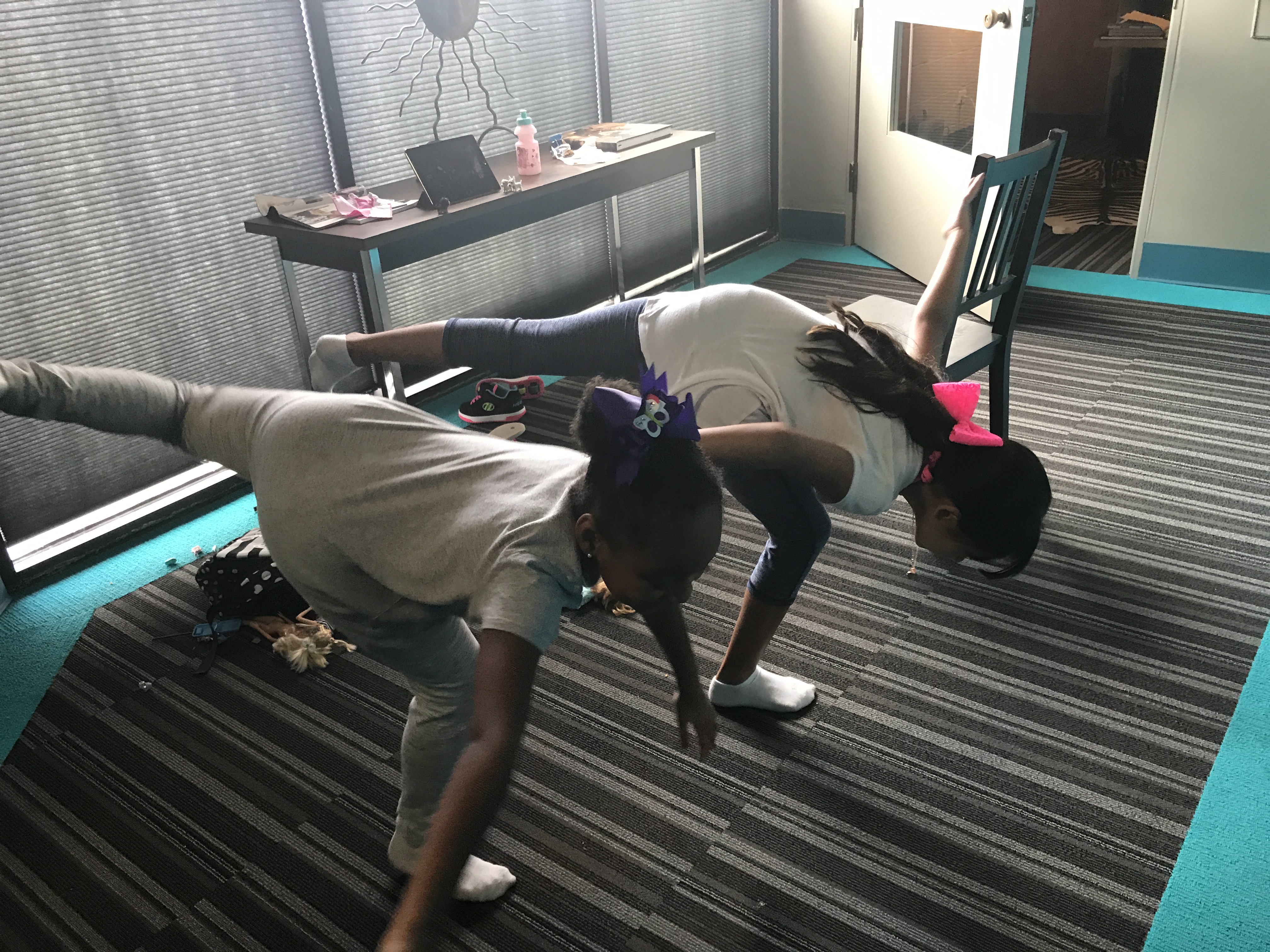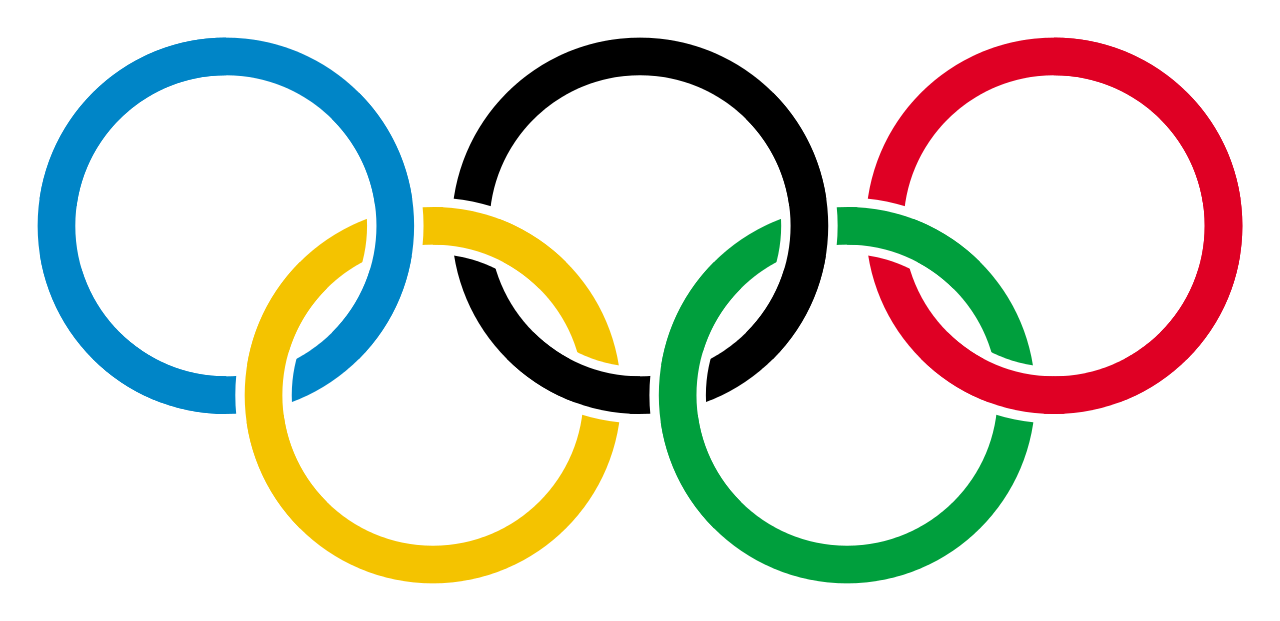In the Museum’s Grand Hall is a coin vortex, and amongst the other wacky things we do around here, the Youth Education Department is the custodian of said vortex. We like numbers, charts and graphs, and so we have a tendency (some might call it a compulsion) to keep track of weird sets of information.
It’s no secret that HMNS is one of the most-visited museums in the United States, but we wanted to see just how well-visited HMNS actually is. Knowing that Houston is a huge metropolitan city with a great deal of international travelers, we decided to keep track of the non-American coins that showed up in the vortex, as that would give us a pretty good record of either where people came from or where they were headed.
The U.S. State Department recognizes 195 independent countries around the world. Currently we have confirmation that coins from 68 independent countries were used for some fun with physics in the coin vortex. The percentage of coins to countries is a little tricky, however, because there are 33 countries that are currently dependencies (they use another country’s money as their own), so it is totally possible that someone from the Caicos Islands stopped by to check out the new Morian Hall of Paleontology and threw a quarter into the coin vortex (because Caicos Islands residents use U.S. currency). The world will never know.
So who do we know has been to visit? Below is the list of countries that we definitely have coins from…so far. If you don’t see your country represented, drop us a coin the next time you are at the Museum!
Algeria
Argentina
Australia
Austria
Bahrain
Bangladesh
Barbados
Belgium
Belize
Bolivia
Brazil
Bulgaria
Canada
Cayman Islands
Chile
China
Colombia
Costa Rica
Cuba
Denmark
Dominican Republic
El Salvador
France
Germany
Greece
Guatemala
Honduras
Hong Kong
Hungary
India
Indonesia
Iran
Ireland
Israel
Italy
Jamaica
Japan
Kuwait
Libya
Malaysia
Mexico
Nepal
Netherlands
Norway
Pakistan
Panama
Peru
Philippines
Portugal
Romania
Russia
Saudi Arabia
Singapore
South Africa
South Korea
Spain
Sweden
Switzerland
Taiwan
Thailand
Trinidad and Tobago
Turkey
Ukraine
United Arab Emirates
United Kingdom
United States
Uruguay
Venezuela
A question we frequently get is, “What do you do with all that money?” The answer? A lot.

Sometimes we use the money to pick up other money.
One hundred percent of the U.S. currency was being donated to the Capital Campaign, but the Campaign ended recently with the completion of the new Dan L Duncan Family Wing. We now donate 100 percent of the funds to support the mission of the Museum — educational programming.
So what about the non-U.S. currency? The other stuff that shows up in the coin vortex is divided into several categories: Magnetic Coins — which get used in various ways for summer camps, weekday labs, and sometimes ExxonMobil Teacher Tuesdays; Non-Magnetic Coins; Car Wash Tokens – which never seem to work at any car wash; and Stuff That Doesn’t Roll, which we mostly keep around for our own personal amusement.

The Stuff That Doesn’t Roll category.
For your own fun with physics, try some experiments the next time you are at the Museum:
- Compare a quarter and a dime: Which coin rolls faster? Which coin drops down first?
- Do the ridges on the edge of the coins seem to make a difference in the speed of the coin?
- Can you get the coin to roll without using the ramp?
See you soon!






